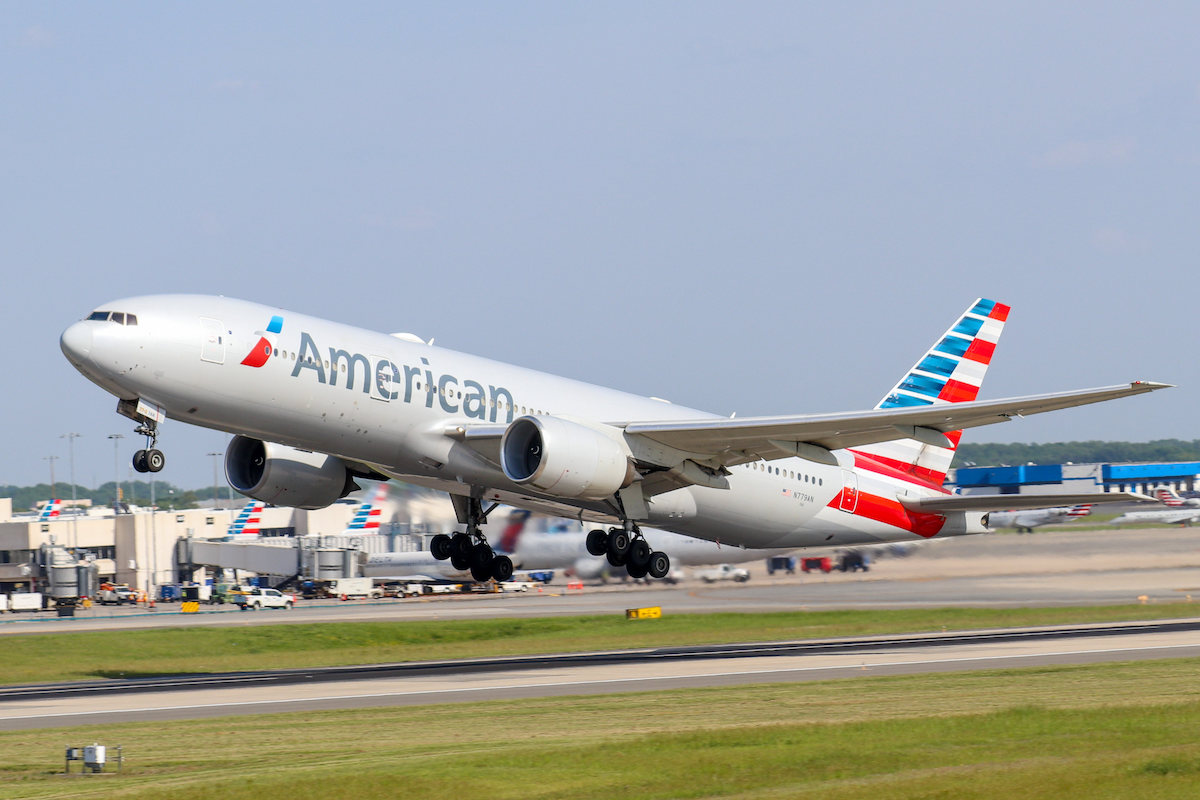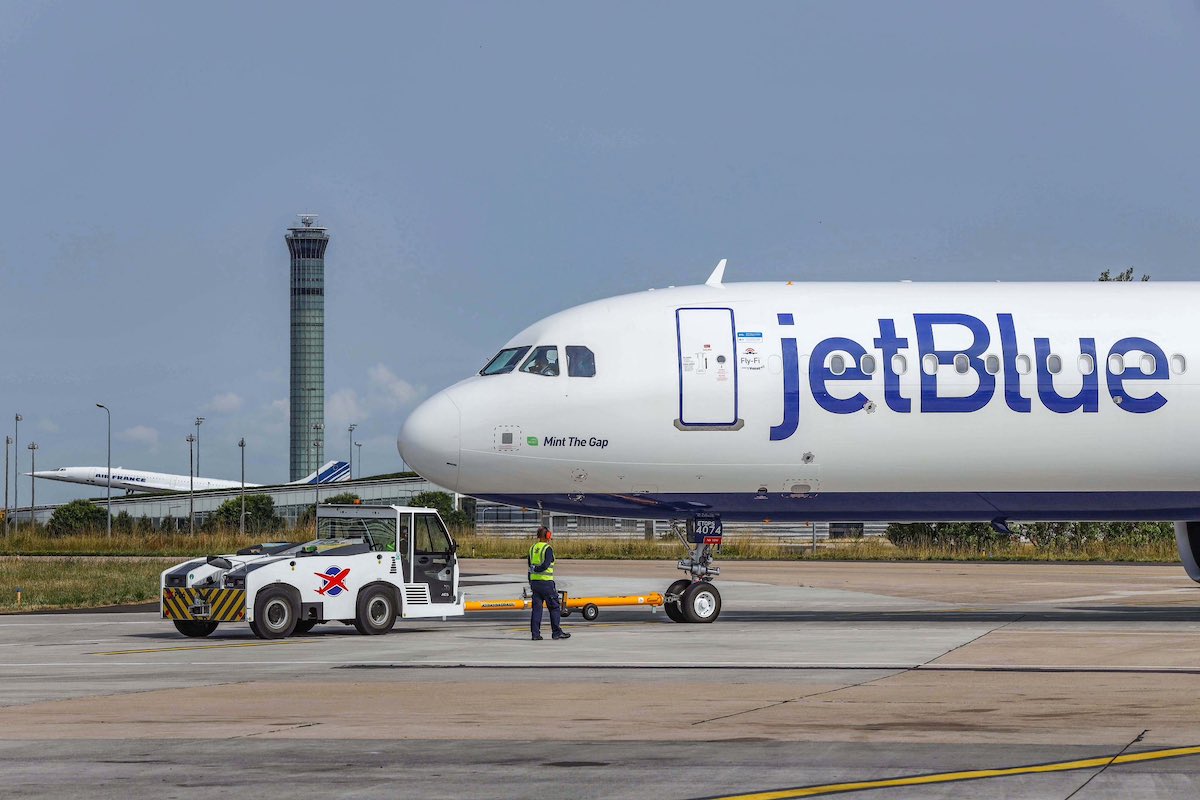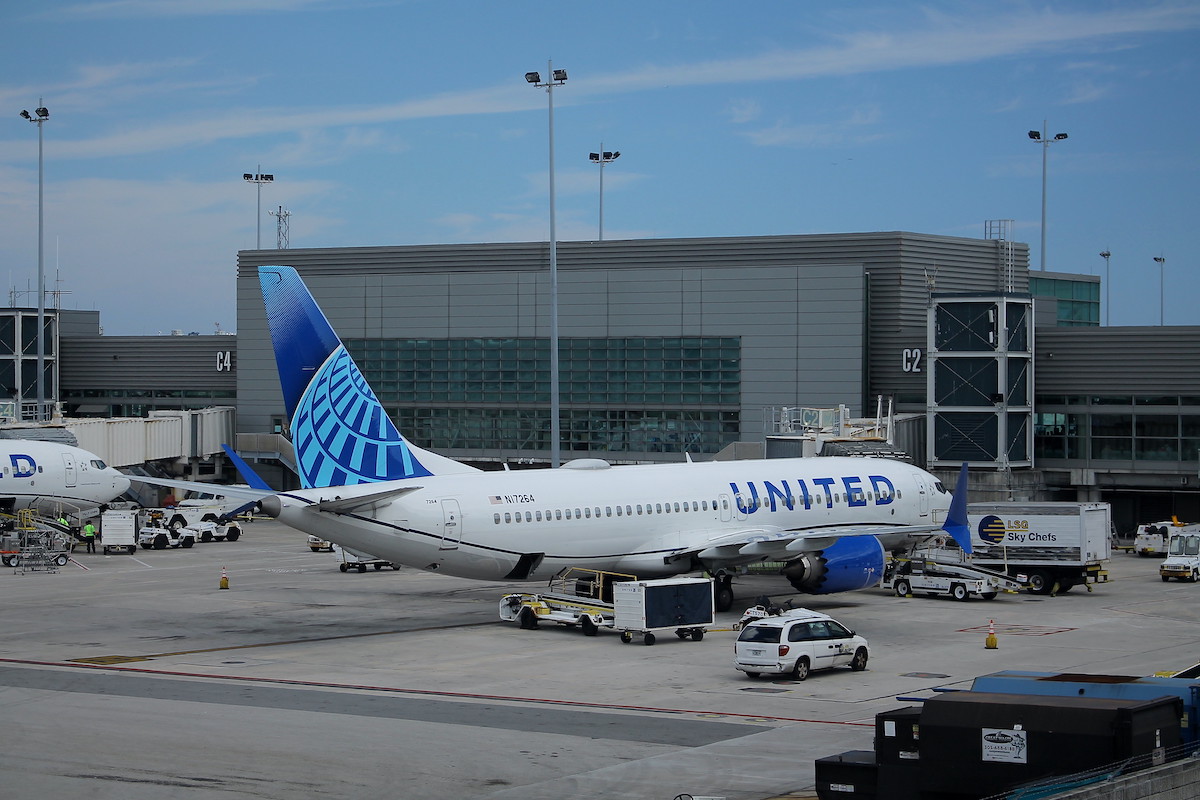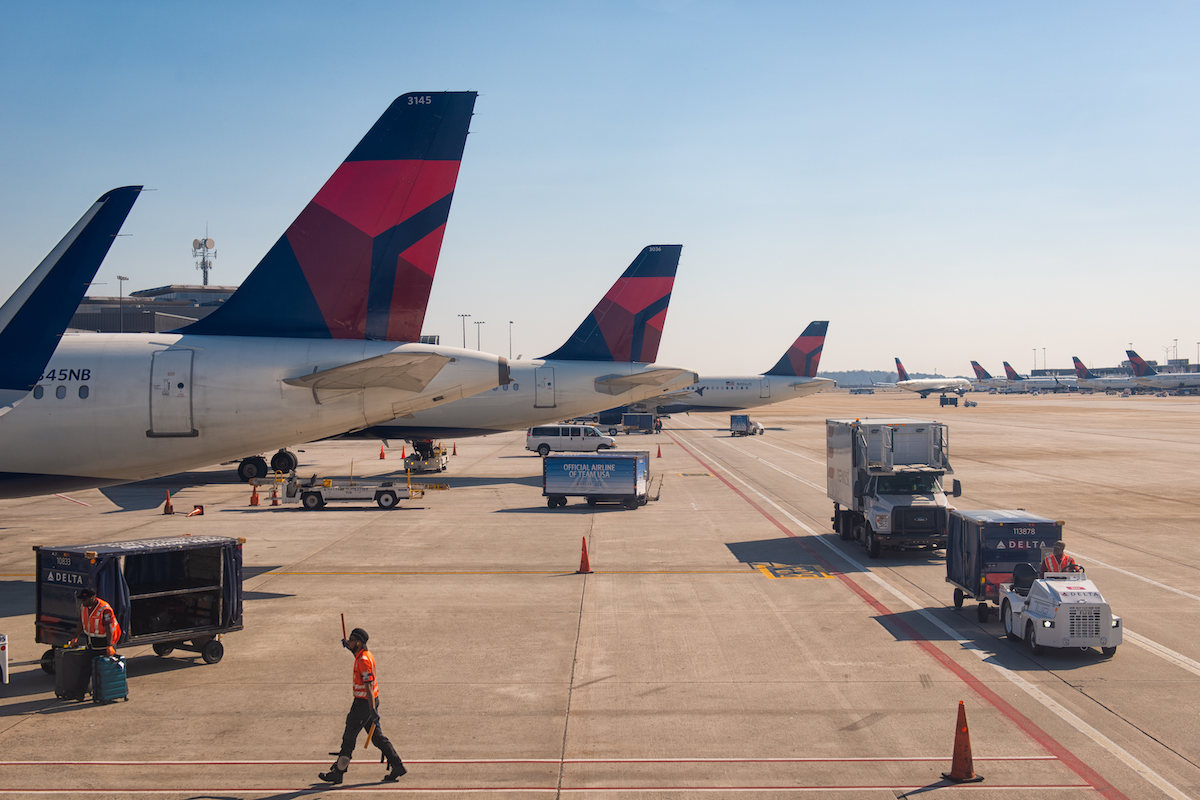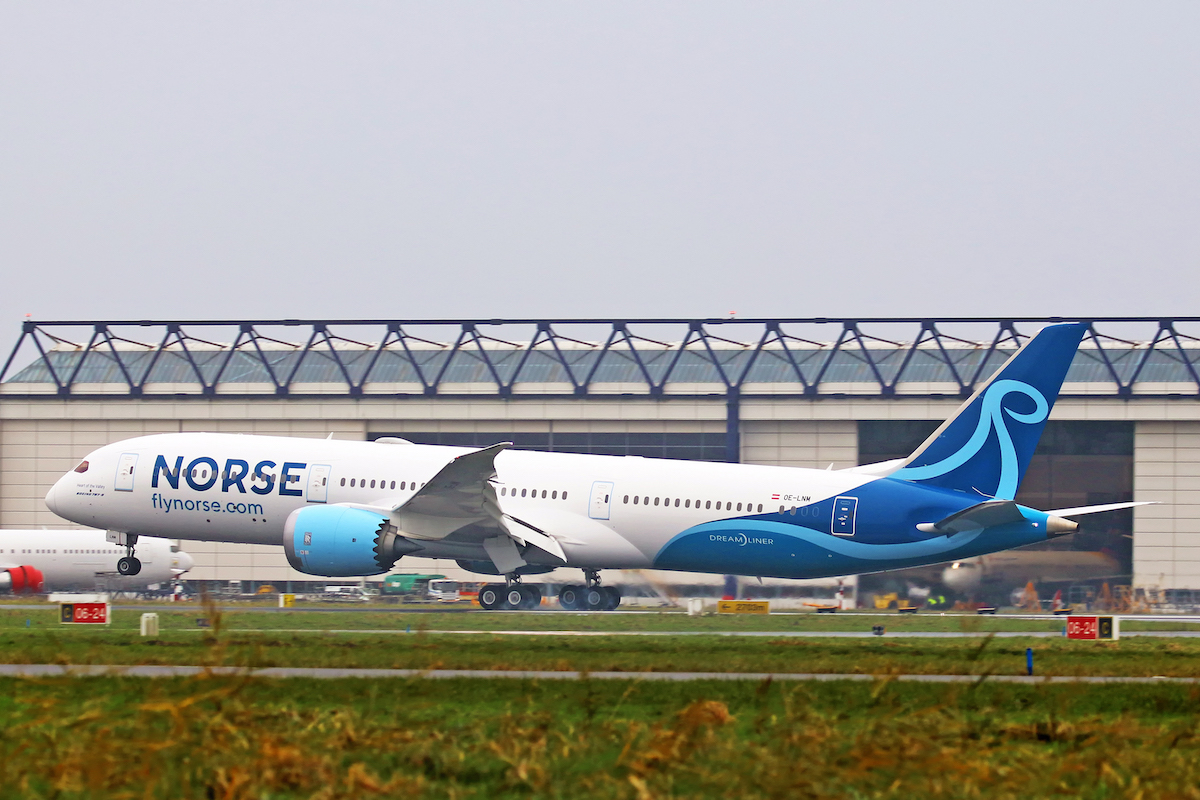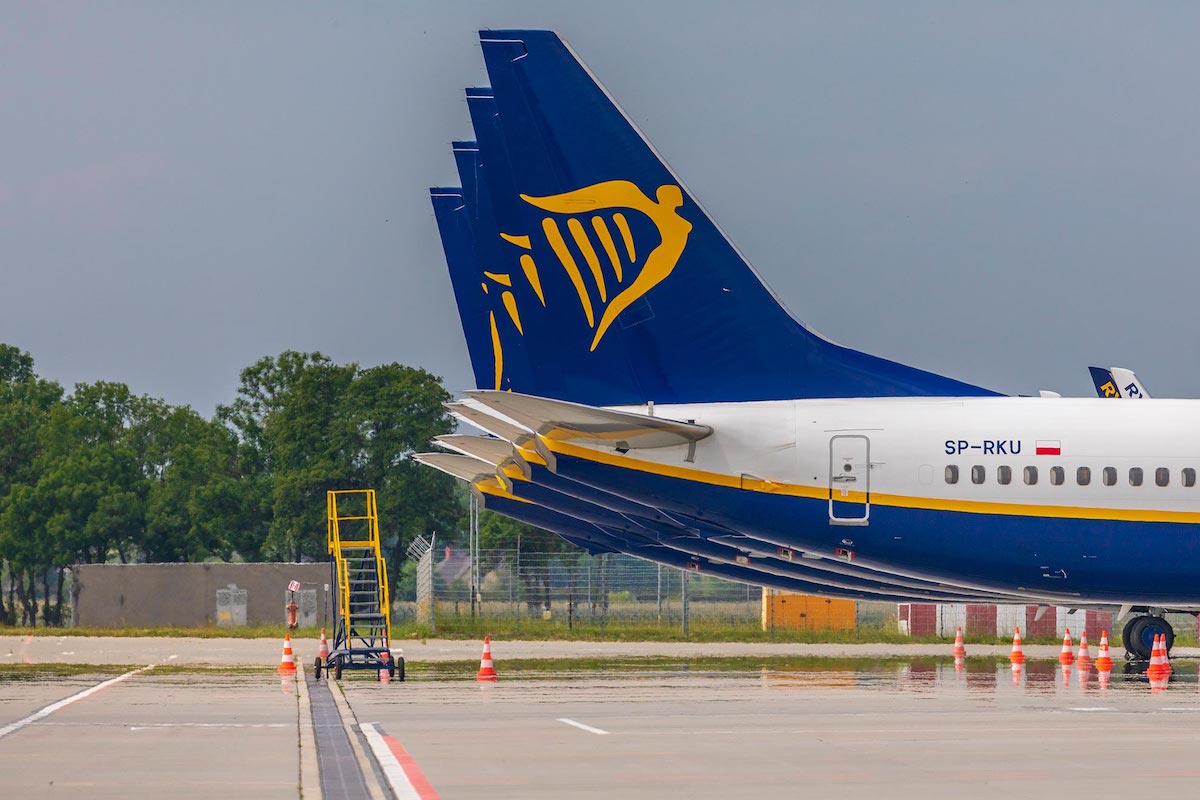American Airlines’ burgeoning southern strategy will get a boost in 2027 when Charlotte-Douglas International Airport plans to open a fourth parallel runway. That strip of concrete sharply increase airport capacity at one of the carrier’s most profitable hubs.
American operates its second largest hub at Charlotte, where it will operate about 600 daily peak-day departures this summer. The airport broke ground June 9 on the new 10,000-foot runway — located west of the terminal complex between existing runways 18C/36C and 18R/36L — that will cost $1.6 billion.
The new runway will increase airport capacity by about 25 percent, American Chief Operating Officer David Seymour said. That will enable the Oneworld carrier to serve more destinations, he said, and possibly to approach 800 daily Charlotte departures.
“When our Charlotte hub does really well, our system does really well,” Seymour said. “That’s why you see us double down here in Charlotte.”
Charlotte is strategically important to American because it is the second hub in the rapidly growing U.S. south. Delta Air Lines’ hub in Atlanta is the main hub in the geographic region that stretches from Virginia in the north to Florida in south and west to Louisiana. Unlike most other U.S. regions, there is not a third competing hub — United Airlines’ Washington Dulles hub acts as something of an into-the-south gateway — that drives a significant amount of passenger traffic to both American and Delta.
American currently operates nine banks, or groupings of flights within a one-hour period, in Charlotte. The banks enable quick connections. Currently, in each bank, American operates about 70 arrivals and 70 departures. With the new runway, the numbers could increase by 20 arrivals and 20 departures in 2028. That could bring American close to 800 daily departures, up from 600 today. Before the pandemic, Americana operated up to 700 daily departures from Charlotte.
“What’s holding us back right now is regional capacity,” Seymour said. “Right now we have 100 regional aircraft that aren’t flying. As those are coming back, we’re putting them in predominant hubs.”
American, facing what is widely viewed to be a captain shortage at regional airlines, has cut service to smaller cities around the U.S. From Charlotte, that includes flights to New Haven, Conn., and Toledo, Ohio, both of which the airline no longer serves.
Jack Christine, the Charlotte airport’s chief infrastructure officer, said the last time the airport opened a new runway in 2010, airport traffic rose 33 percent as US Airways quickly boosted its schedule. The airport handled nearly 48 million passengers last year and is on track to surpass the 50 million annual passenger record set in 2019 this year, airport CEO Haley Gentry said. Summer traffic is about 10 percent ahead of 2019 levels, she added.
In recent years, American has focused increasingly focused on its four sunbelt hubs in Dallas-Fort Worth and Charlotte, and to a lesser extent Miami and Phoenix. It stepped up that strategy during the pandemic when it restored capacity faster than rivals, taking advantage of demand for domestic travel, particularly to sunbelt leisure destinations. In 2021, when many international airports suffered from reduced flying, Dallas-Fort Worth, Charlotte, Phoenix, and Miami became the second, sixth, 11th, and 12th busiest airports in the world, respectively, by passenger numbers.
At an investor conference in May, CEO Robert Isom said American trimmed “investment flying” to focus on its most profitable routes. Investment flying at American includes, for example, the airline’s pre-pandemic build up in Los Angeles where it competes fiercely with Delta, Southwest Airlines, and United.
“Our sunbelt hubs whether it’s Miami or Charlotte or DFW or Phoenix [are] situated in the places that have so much potential for growth, so much growth that’s going on right now and so much concentration of migration of people into those cities,” he said.
To an extent, the pandemic enabled American to define itself as primarily an airline that serves the southern U.S. In the northeast and west, it has aligned with partners JetBlue Airways and Alaska Airlines to boost its presence. However, a successful antitrust suit by the U.S. Justice Department appears likely to force it to unwind the JetBlue alliance.
American has a smaller international presence than its peers. This summer, United has allocated 47 percent of its capacity to international markets, compared with 37 percent for Delta and 36 percent for American, according to recent schedule data compiled by Deutsche Bank.
In Charlotte, American has nine daily departures to six European destinations: Dublin, Frankfurt, London Heathrow, Munich, Paris, and Rome. The three daily flights to London, a major hub for partner British Airways, Seymour said will be flown year-round. Loads are good on the Heathrow flights, he added. American plans to one day bring the mainstay of its longhaul fleet, the Boeing 787, to Charlotte and add new international routes, though he declined to identify them.
The Charlotte airport is also building gates to accommodate more passengers and flights. The aorport has 114 gates currently, and American occupies 91. Ten new gates on Concourse A are slated to open in 2024 that will be used by Delta and other carriers; American will take over most of their current gates.
“It’s not just about runways,” Christine said of American’s needs to grow in Charlotte.
